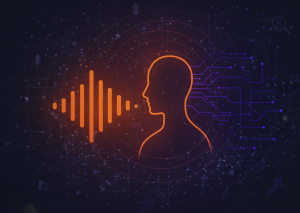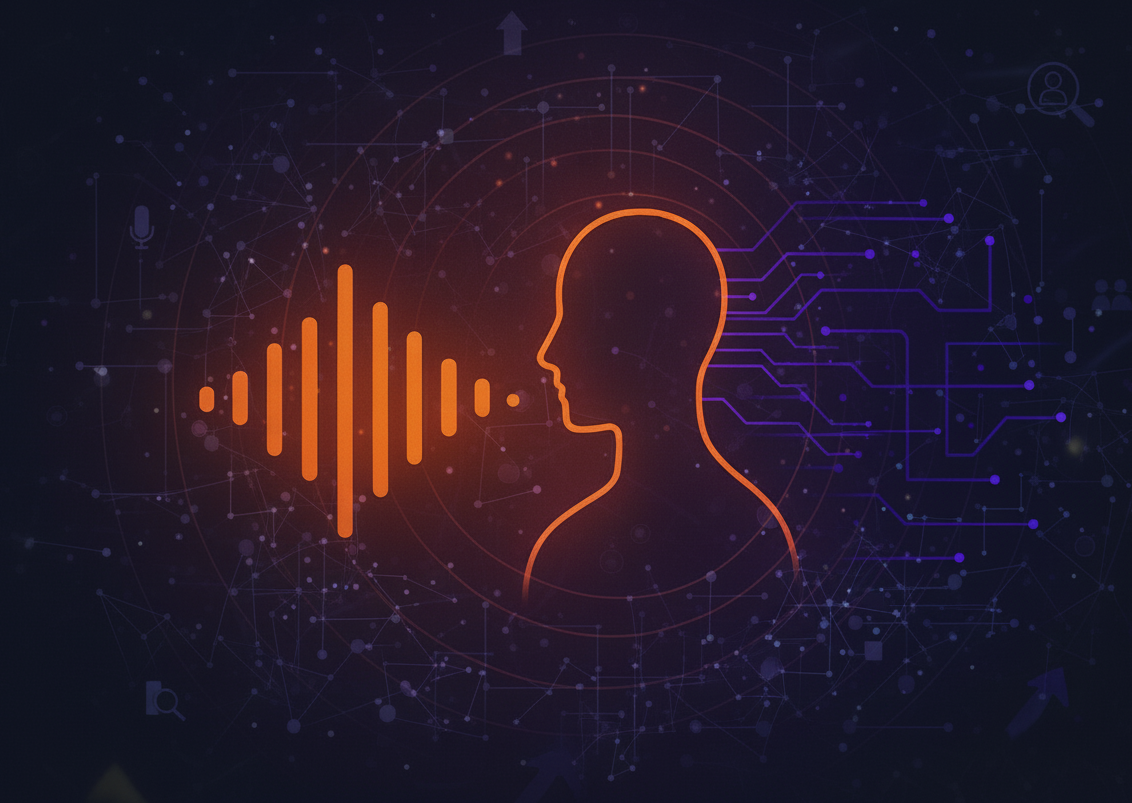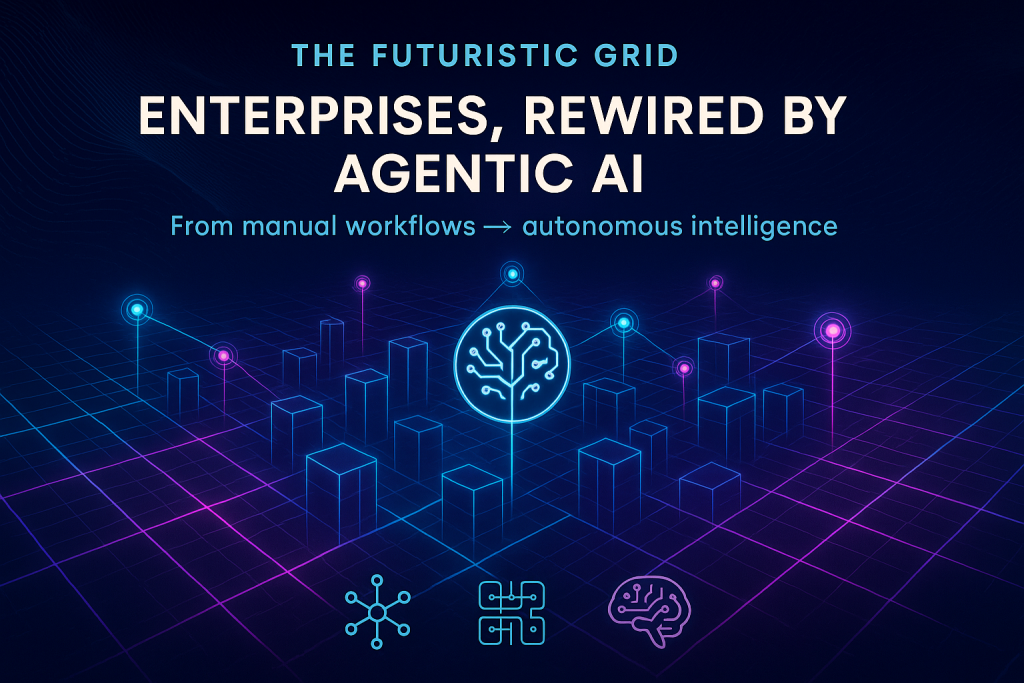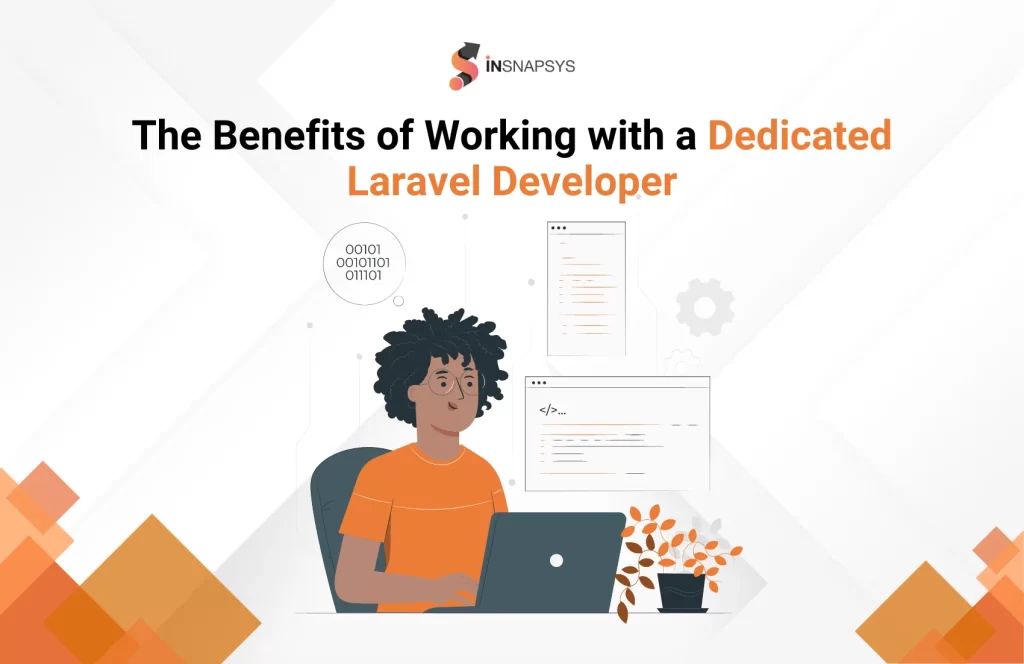The hiring manager’s nightmare hasn’t changed in 20 years. The solution finally has.
It’s 3 PM on a Tuesday, and Sarah, a hiring manager at a mid-sized tech company, is staring at her inbox. 147 applications for a single role. She knows that buried somewhere in that pile is the perfect candidate. She also knows she’ll spend the next week doing initial phone screens-asking the same questions, explaining the same role, filtering out the same mismatches.
Meanwhile, three great candidates will accept offers elsewhere.
This isn’t a story about the future. It’s happening right now, in every industry, at every scale.
The Agentic AI Revolution Nobody’s Talking About (Yet)
While everyone’s been obsessing over ChatGPT writing emails and generating images, a quieter revolution has been brewing in enterprise AI. It’s called Agentic AI –and unlike the AI tools you’re used to, these systems don’t just respond. They act.
Think of traditional AI as a very smart assistant who waits for instructions. Agentic AI is more like a colleague who understands the goal and figures out how to get there-making decisions, taking actions, and adapting along the way.
And it’s starting to solve problems that have plagued businesses for decades.

The Voice Agent: When AI Picks Up the Phone
Let’s go back to Sarah’s hiring problem. Now imagine this:
A candidate applies at 11 PM. Within minutes, they receive a text: “Hi! I’m the AI recruiter for [Company]. Got 10 minutes to chat about the role?”
The candidate says yes. A natural, conversational voice agent calls them- not a robotic IVR, but a fluid conversation that feels human. It asks about their experience, clarifies their expectations, answers their questions about the role, and even picks up on tone and enthusiasm.
By morning, Sarah opens her dashboard to find:
- 89 candidates pre-screened
- 12 marked as “strong matches” with conversation summaries
- 3 flagged as “hire immediately”
- All automatically synced to her ATS
Sarah’s Tuesday just became a lot more productive.
This isn’t science fiction. Voice agents are already doing this-and they’re getting better every month.
Why Now? The Perfect Storm of Technology
Three trends have converged to make this possible:
- Large Language Models Got Conversational
GPT-4, Claude, and similar models can now handle nuanced, multi-turn conversations. They understand context, remember details, and respond naturally-even when candidates throw curveballs.
- Voice AI Became Indistinguishable from Human
Tools like ElevenLabs and Deepgram have made text-to-speech and speech-to-text so good that most people can’t tell they’re talking to AI. Latency has dropped to near-zero. The “uncanny valley” is behind us.
- Agentic Frameworks Made AI Proactive
Frameworks like LangChain and AutoGPT have given AI the ability to plan, execute tasks, use tools, and make decisions autonomously. AI isn’t just answering questions anymore-it’s completing workflows.
Put these together, and you get systems that can actually do parts of your job, not just assist with them.
Beyond Hiring: Where Else Agentic AI Is Winning
Voice agents for recruiting are just the beginning. Here’s where enterprises are seeing real ROI:
Field Operations Management
A logistics company managing 500+ daily service calls across multiple states built a custom platform that:
- Auto-dispatches workers based on location, skills, and real-time traffic
- Updates workers via mobile dashboards
- Integrates weather data to preemptively reschedule outdoor jobs
- Gamifies performance to keep teams motivated
Result: 40% faster job completion, near-zero miscommunication, and workers who actually enjoy using the system.
Customer Support That Actually Supports
AI agents that can:
- Handle tier-1 support 24/7
- Escalate complex issues to humans with full context
- Follow up automatically until resolution
- Learn from every interaction
One e-commerce client reduced support costs by 60% while increasing customer satisfaction scores.
Sales Qualification at Scale
Instead of SDRs spending hours on cold outreach, AI agents:
- Engage inbound leads immediately
- Qualify based on custom criteria
- Book meetings with hot prospects
- Nurture long-term leads automatically
The Human Element: Why This Isn’t About Replacement
Here’s the part everyone worries about: “Is AI taking jobs?”
Short answer: Not exactly.
AI is taking tasks. And that’s different.
Sarah, our hiring manager, isn’t being replaced by a voice agent. She’s being freed from the soul-crushing parts of her job-the repetitive screens, the scheduling chaos, the administrative overhead.
Now she can focus on what humans do best:
- Building relationships with top candidates
- Making nuanced judgment calls
- Shaping company culture
- Strategic workforce planning
The same pattern plays out across industries. Field supervisors stop drowning in logistics and start coaching teams. Support managers stop firefighting and start improving processes. Sales leaders stop chasing leads and start closing deals.
Agentic AI doesn’t replace humans. It amplifies them.
The Hidden Challenge: Implementation
Here’s what most articles won’t tell you: deploying this technology is hard.
Off-the-shelf AI tools are great for demos. But enterprise reality is messy:
- Legacy systems that don’t play nice with modern APIs
- Compliance requirements that vary by industry and region
- Unique workflows that don’t fit standard templates
- Organizational change management (people resist new tools)
This is why the companies winning with Agentic AI aren’t just buying software-they’re partnering with teams that understand both the technology and the operational reality.
Custom-built solutions that integrate with existing systems, respect data security requirements, and actually fit how people work.
What’s Next: The Agentic Enterprise
We’re at an inflection point. In the next 2-3 years, we’ll see:
- Voice-first interfaces become standard
Typing will feel as outdated as fax machines. Most enterprise interactions will be conversational.
- AI agents managing other AI agents
Orchestration layers where one AI coordinates multiple specialized agents-like a digital operations manager.
- Real-time adaptive systems
Platforms that don’t just follow rules but learn from outcomes and adjust strategies automatically.
- Human-AI collaboration frameworks
Clear handoff protocols where AI handles routine complexity and humans focus on creativity, strategy, and relationships.
The companies that figure this out first will have an enormous advantage. Those that wait will be playing catch-up for years.
The Bottom Line
The question isn’t whether AI will transform your operations. It’s whether you’ll be leading that transformation or reacting to it.
Sarah’s hiring problem? Solved.
Your field operations chaos? Solvable.
Your customer support bottleneck? Fixable.
The technology exists today. The question is: what problem are you still doing manually that AI could handle tomorrow?
About Insnapsys
We help enterprises unlock productivity through human-AI synergy. From AI voice agents to intelligent workforce platforms, we build custom solutions that solve real operational challenges—not just proof-of-concepts. If you’re exploring how Agentic AI can amplify your operations, let’s talk : https://www.insnapsys.com/contact-us/








